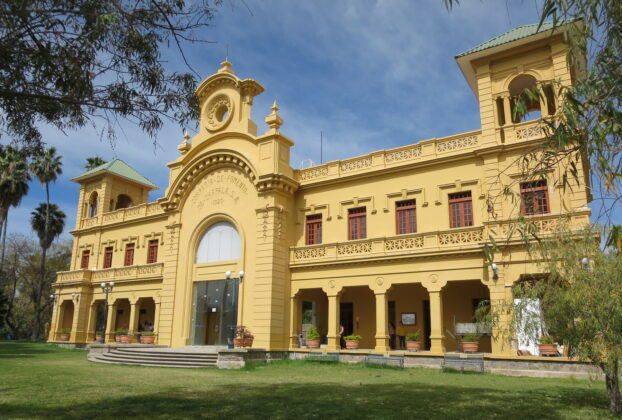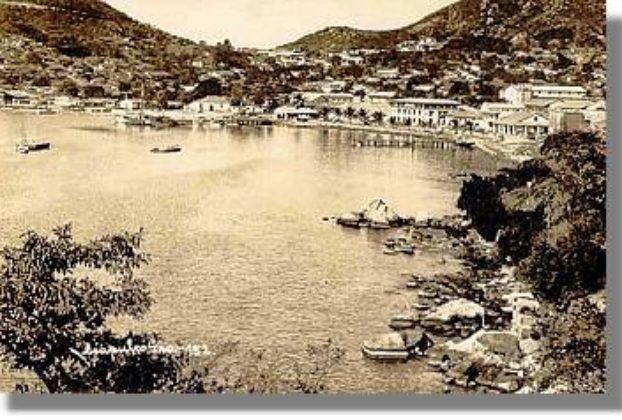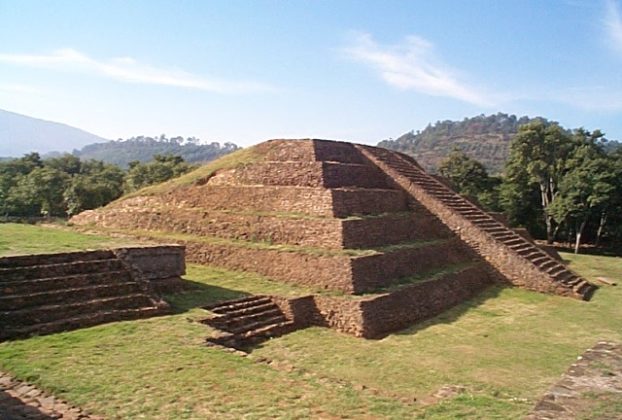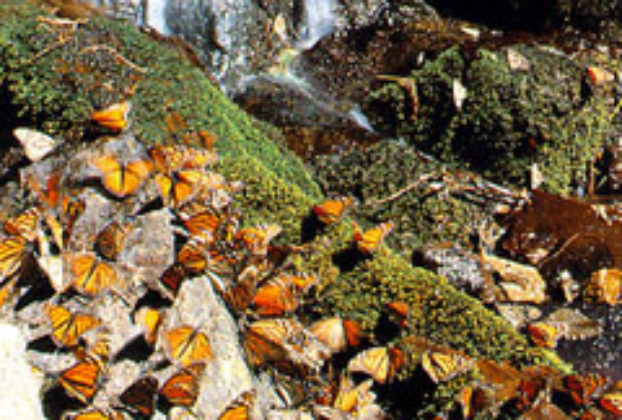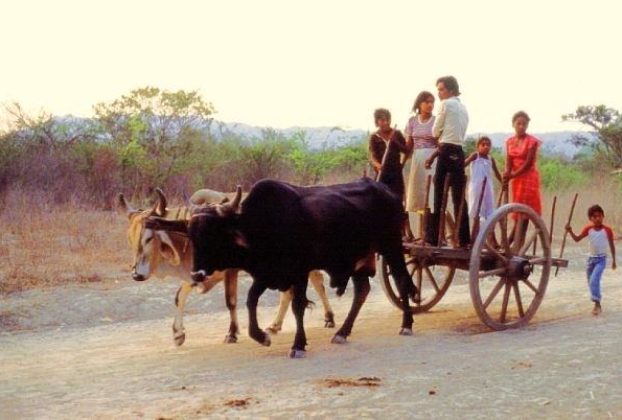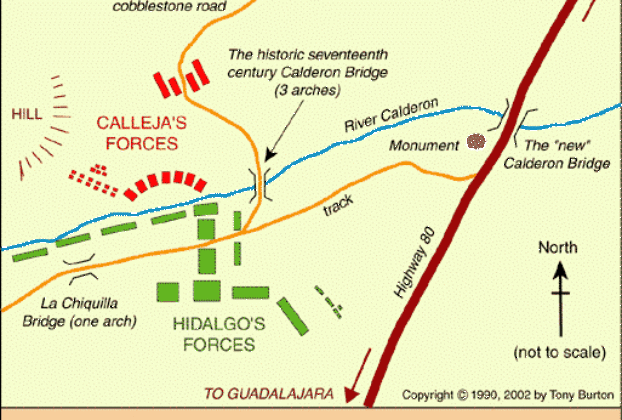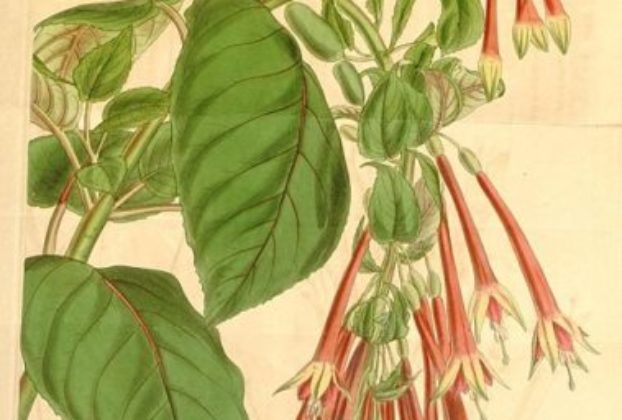Chapala’s rich architectural heritage: here today, gone tomorrow?
The small lakeside town of Chapala in Jalisco had more buildings designed by notable architects in the first half of the twentieth century than any other location of its size in Mexico, perhaps even in North America. In 1900, Chapala was little more than an overgrown fishing village with one major hotel and 1753 residents. […]
Continue Reading
